Tea banquets and fighting teas, tea banquets are a feast for tea-based party. It is a treat for entertaining guests; fighting tea, also known as tea battles, is actually a game of tea. However, in the history of tea drinking, the two are closely related.
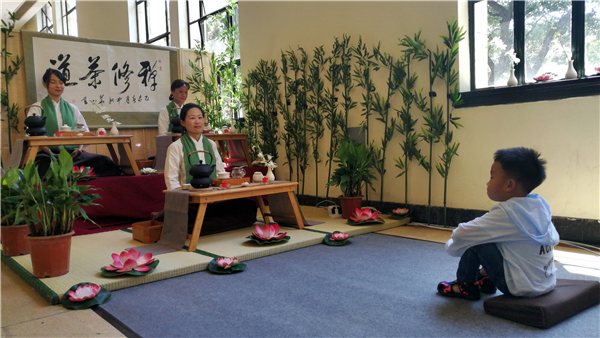
According to research, the appearance of tea banquet can be traced back to the Three Kingdoms era (220-280 AD). In the Tang Dynasty, the trend of tea drinking began to flourish. In Xi'an, Luoyang,Hubei and Sichuan, almost every household has tea. In addition, tea can refresh, eyesight, and digestion, so that the status of tea is increasing, and the tea banquet has become a trend of society at that time.
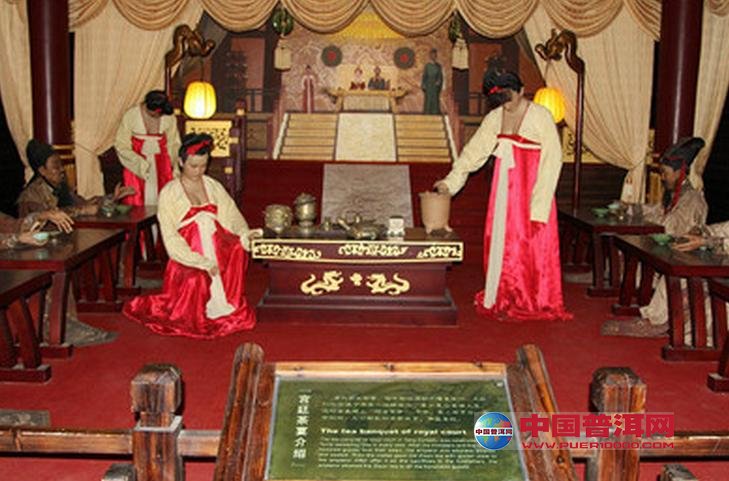
At the tea banquet, people can not only appreciate the taste of the tea, but also enjoy the environment and the beauty of the tea set. It is a material and spiritual enjoyment.
In the Song Dynasty, the tea production area was expanding, the tea making method was innovative, and the way of drinking tea changed. The style of the tea banquet was more prevalent, which was related to the royal tea of the Song Dynasty.
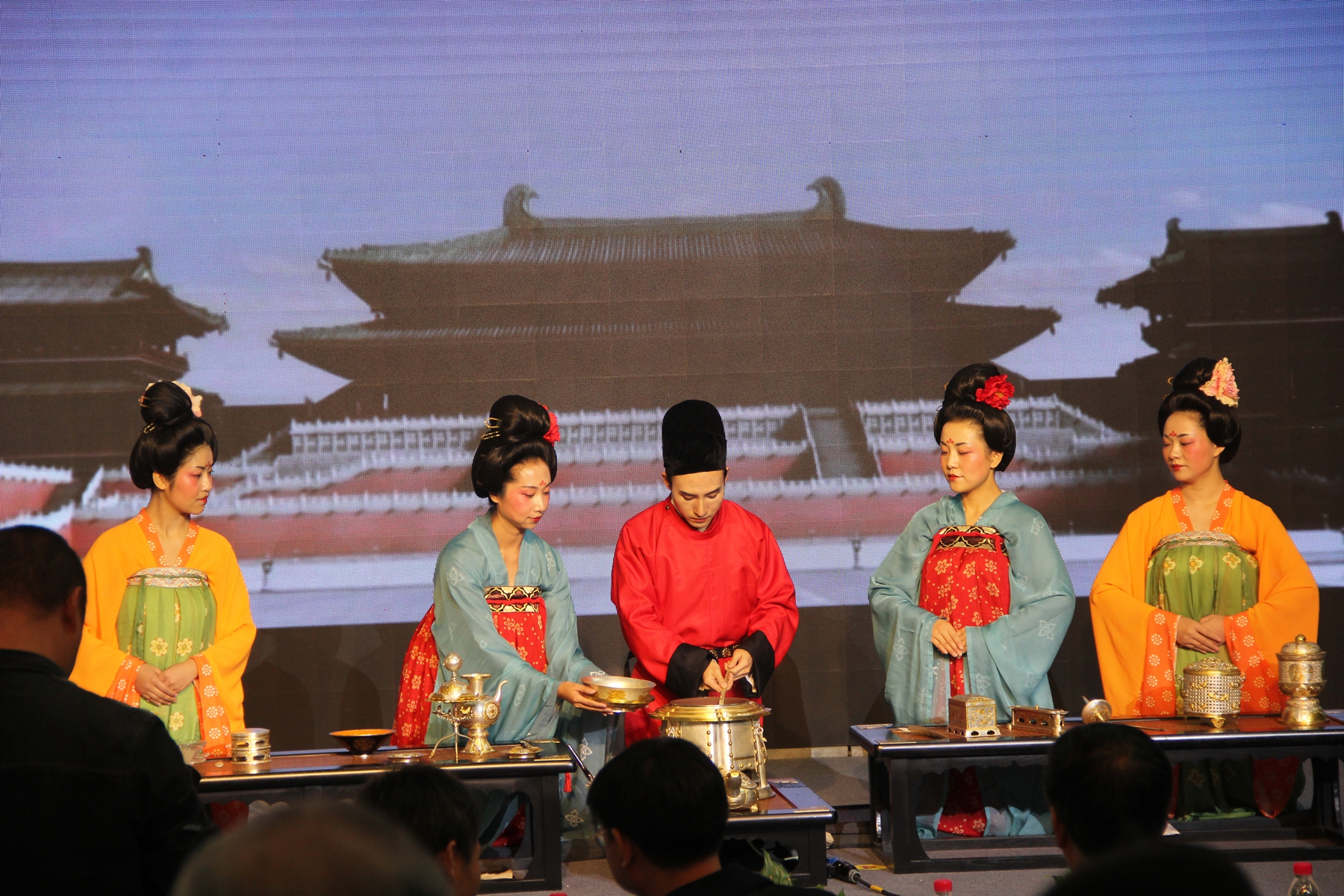
In ancient times, tea was able to clear one’s mind of worries. This is in harmony with the benevolence and morality advocated by Buddhism. Therefore, the trend of drinking tea is very prosperous. Every spring, monks often hold tea banquets in the temple to talk about Buddhist scriptures. The Japanese tea ceremony is a strict tea ceremony, which was originally carried out in the temple.
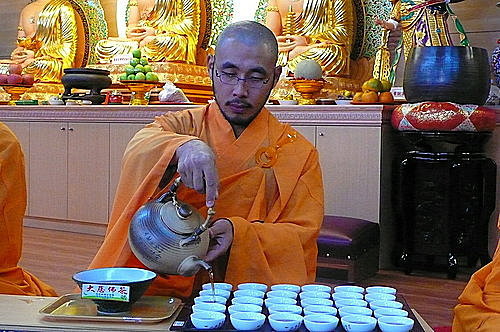
In modern times, in order to inherit and carry forward China's excellent tea culture, it has also given new content and form of tea banquet. For example, there is a wedding tea banquet, where the bride and groom use the tea banquet dishes and tea snacks to entertain the guests. In addition to the celebration, the bride was also able to perform tea art. And also there are festive tea banquets, cultural tea banquets, and birthday tea banquets.
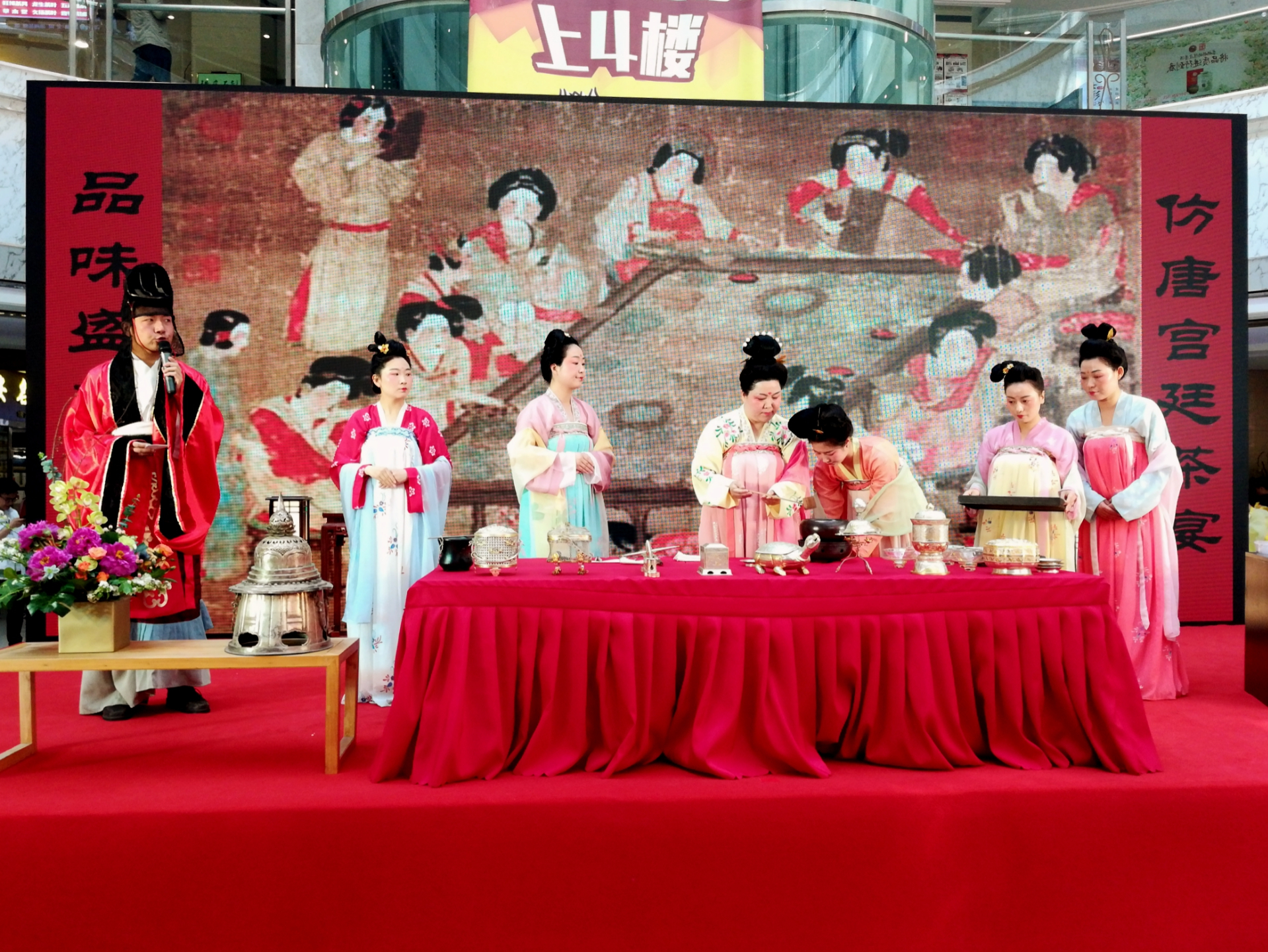
The prevalence of the tea banquet and the emergence of tribute tea promoted the development of the art of tea, so that fighting tea came into being.
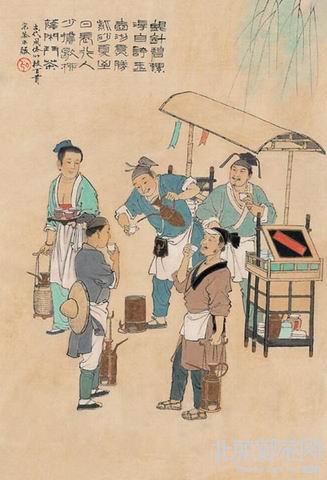
The new tea is matched with living water, which complements each other and is in line with modern scientific principles. In fact, ancient fighting tea often meets some confidants. In the refined and elegant interiors, or in the gardens where flowers and trees are sparse, they donate their own refined tea products. Everyone takes turns to taste and decide the rankings to decide the outcome. At that time, the famous tea producing areas and monasteries all had fights against tea. Especially in the Song Dynasty, the trend of fighting tea has spread to the people. It can be seen that the formation of fighting tea is the result of the development of tea banquet, but the rise of fighting tea further enriches the content of the tea banquet.
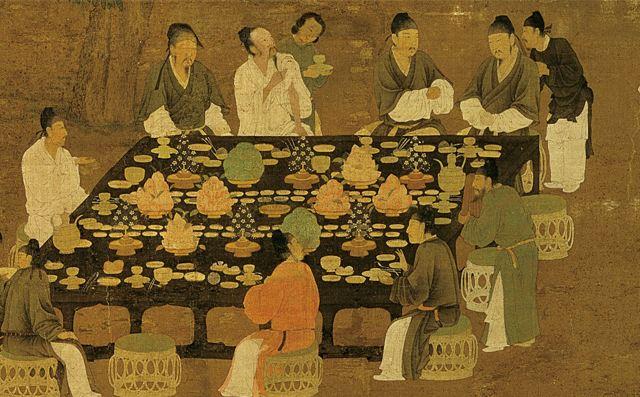
However, fighting tea is nothing more than a taste contest in the contemporary era. In recent years, the famous tea competitions and tea fights held in the country and in the tea-producing provinces, in fact, are the continuation of ancient fighting tea. In general competition, all localities will work with fine quality and the best quality tea will be brought to the venue to form a jury composed of recognized tea judges. The tea chosen by the localities will be numbered. The members of the jury will first look at the shape and color. Then brew the tea to review one by one, smell the aroma; then touch the tea leaf with hands to estimate if it is old or tenderness. In short, it is necessary to score the four tea quality components of color, fragrance, taste and shape on the spot, and then from the high score to the low score to announce and rank. Therefore, fighting tea can also be said to be a way of judging the quality of tea. It is different from the connotation of tea banquet for the purpose of spiritual enjoyment. However, for today's people, fighting tea is undoubtedly a beneficial move to create and discover famous teas and improve the quality of tea.

According to research, the appearance of tea banquet can be traced back to the Three Kingdoms era (220-280 AD). In the Tang Dynasty, the trend of tea drinking began to flourish. In Xi'an, Luoyang,Hubei and Sichuan, almost every household has tea. In addition, tea can refresh, eyesight, and digestion, so that the status of tea is increasing, and the tea banquet has become a trend of society at that time.

At the tea banquet, people can not only appreciate the taste of the tea, but also enjoy the environment and the beauty of the tea set. It is a material and spiritual enjoyment.
In the Song Dynasty, the tea production area was expanding, the tea making method was innovative, and the way of drinking tea changed. The style of the tea banquet was more prevalent, which was related to the royal tea of the Song Dynasty.

In ancient times, tea was able to clear one’s mind of worries. This is in harmony with the benevolence and morality advocated by Buddhism. Therefore, the trend of drinking tea is very prosperous. Every spring, monks often hold tea banquets in the temple to talk about Buddhist scriptures. The Japanese tea ceremony is a strict tea ceremony, which was originally carried out in the temple.

In modern times, in order to inherit and carry forward China's excellent tea culture, it has also given new content and form of tea banquet. For example, there is a wedding tea banquet, where the bride and groom use the tea banquet dishes and tea snacks to entertain the guests. In addition to the celebration, the bride was also able to perform tea art. And also there are festive tea banquets, cultural tea banquets, and birthday tea banquets.

The prevalence of the tea banquet and the emergence of tribute tea promoted the development of the art of tea, so that fighting tea came into being.

The new tea is matched with living water, which complements each other and is in line with modern scientific principles. In fact, ancient fighting tea often meets some confidants. In the refined and elegant interiors, or in the gardens where flowers and trees are sparse, they donate their own refined tea products. Everyone takes turns to taste and decide the rankings to decide the outcome. At that time, the famous tea producing areas and monasteries all had fights against tea. Especially in the Song Dynasty, the trend of fighting tea has spread to the people. It can be seen that the formation of fighting tea is the result of the development of tea banquet, but the rise of fighting tea further enriches the content of the tea banquet.

However, fighting tea is nothing more than a taste contest in the contemporary era. In recent years, the famous tea competitions and tea fights held in the country and in the tea-producing provinces, in fact, are the continuation of ancient fighting tea. In general competition, all localities will work with fine quality and the best quality tea will be brought to the venue to form a jury composed of recognized tea judges. The tea chosen by the localities will be numbered. The members of the jury will first look at the shape and color. Then brew the tea to review one by one, smell the aroma; then touch the tea leaf with hands to estimate if it is old or tenderness. In short, it is necessary to score the four tea quality components of color, fragrance, taste and shape on the spot, and then from the high score to the low score to announce and rank. Therefore, fighting tea can also be said to be a way of judging the quality of tea. It is different from the connotation of tea banquet for the purpose of spiritual enjoyment. However, for today's people, fighting tea is undoubtedly a beneficial move to create and discover famous teas and improve the quality of tea.